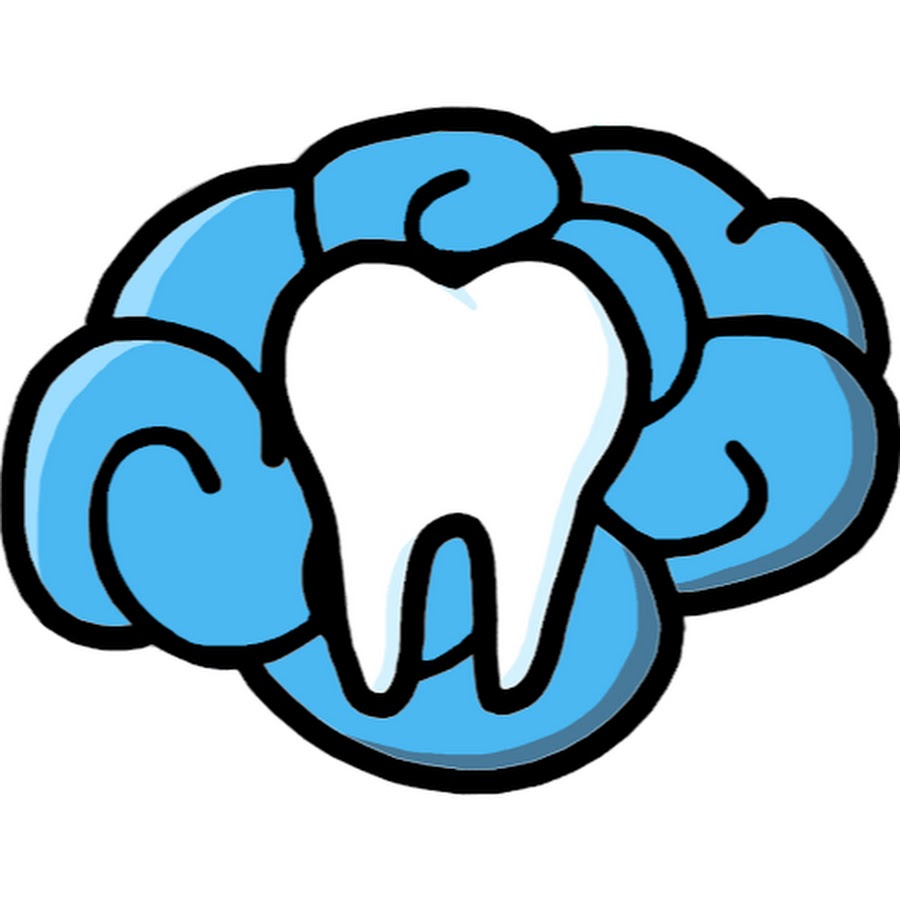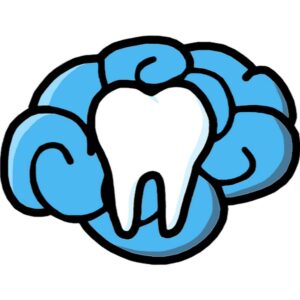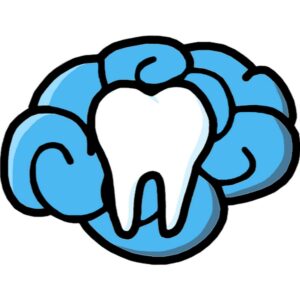
Oral Diagnosis | Developmental Cysts | INBDE, ADAT
- September 11, 2025
- 1:32 pm
Summary
This lecture reviews developmental cysts in the oral and neck regions. Key types discussed are inclusion cysts (Epstein's pearls, Bohn’s nodules, dental lamina cysts, dermoid and epidermoid cysts), fissural cysts (nasopalatine duct, nasolabial, median palatine, globulomaxillary cysts), and the thyroglossal duct cyst. Most are harmless, often resolve spontaneously, or are treated by surgical removal when necessary.
Raw Transcript
[00:00] If you're studying for the INBDE, I highly recommend INBDE Boot Camp, an all-in-one study resource that will help you pass your exam. Use coupon code, mental-dental, and online classes.
[00:20] for 10% off.
[00:40] all over the board exam. So I really, really want you to remember the content that we cover in this one. cysts by definition are sacs usually filled with fluid, but sometimes another material. And the cavity of that cyst is always lined with epithelial.
[01:00] For reference, I would also include the oral lymphoepithelial cyst and the brancule clef cyst in this category, but we reviewed them already when we talked about oral lymphoid tissue. First, we're going to start with three intraoral incline.
[01:20] Inclusion cysts. Inclusion cysts are generally characterized by being lined with epithelium and containing a substance like keratin that's been trapped inside. Epstein's pearls are small whitish yellow cysts that occur at the midline palate and
[01:40] They are caused by fusion of the palatal shelves where epithelium is trapped underneath at the median palatine rifae. These are seen in about 65 to 85 percent of newborns, so they're actually very common.
[02:00] are also small whitish-yellow cysts that occur either on the lateral palate or on the alveolar ridges, but not at the midline palate. I remember this because P for pearl is also for midline palate and the N
[02:20] for not the midline palate, but they can occur everywhere else scattered throughout the palate or on the buccal or lingual surfaces of the alveolar ridges. These are thought to be derived from the remnants of minor salivary glands, hence why they were originally
[02:40] called mucus gland cysts. They too are fairly common, but less common than Epcyon's pearls. By the way, these first two collectively are referred to as palatal cysts of the newborn, while the last one here is considered a gingival cyst.
[03:00] of the newborn because it primarily occurs on the gingiva. And speaking of which, this is the dental laminar cyst. It's called that because it's derived from the dental lamina, which is the first layer of a forming budding tooth in the odontogenesis process.
[03:20] By the way, the first two cysts that we talked about on the left here are considered non-odontogenic, while this last one is technically odontogenic, which means it develops from embryonic tissue involved in tooth development. These dental laminar cysts usually appear on the crescent of the bone.
[03:40] rest of the alveolar ridges above where the teeth are developing. All of these cysts are considered harmless and will spontaneously shed or rupture, eliminating the keratin contents within the first few weeks of life. As a result, these lesions are usually never
[04:00] seen after three months of age.
[04:20] video and as you answer the questions you will get personalized feedback to tell you exactly what you got right what you got wrong and why you can find the wizdolia link in the description below now back to the video next we'll talk about two inclusion cysts that usually appear on the
[04:40] head and the neck, but can uncommonly appear in the oral cavity as well. We'll start with the dermoid cyst, which like the Epstein's pearl develops because epithelium becomes trapped or included within connective tissue during embryogenesis. These dermoids
[05:00] can contain a lot of things, hair, sebaceous or oil glands, and sweat glands, and even possibly tooth structure. The most common intraoral site is the floor of the mouth under the tongue. If the dermal cyst occurs above the myelohyoid muscle
[05:20] it will appear at the floor of the mouth, but if the dermoid cyst occurs below the myelohyoid muscle, it will appear as a mass in the midline of the neck. It's usually a well-circumscribed, mobile, and compressible soft tissue enlargement with a doughy or rubbery consistency.
[05:40] compare this nexus to the oral lymphoid lesions we talked about two videos ago like the brachial clefcyst and the cystic hygroma which both appear laterally on the neck either in front of or behind the sternocleidomastoid muscle.
[06:00] A dermoid cyst on the neck, by contrast, appears at the midline. Epidermoid cysts are also considered inclusion cysts and are developmental in origin. But they can also be acquired by trauma, resulting from the forced displacement
[06:20] of epithelial tissue into deeper connective tissue layers, forming a cystic cavity. This can happen, for example, if you step on a sharp shell at the beach and a piece of epidermis gets lodged deep into the skin and then keratin collects around it. While dermoids
[06:40] can contain hair, teeth, and skin glands, epidermoid cysts usually contain only epidermal tissue and keratin. They are, just like dermal cysts, soft and moveable and are much more likely to appear extraorally rather than intraorally. As an aside, these epidermoid
[07:00] cysts are also associated with Gardner syndrome. We'll talk more about this later in the series. It involves multiple odontomas as well as intestinal polyps. The next four lesions are non-odontogenic fissural cysts. A fissural cyst forms along the
[07:20] fissures or lines of fusion during facial development. So basically the cysts can form wherever tissues fail to fuse properly. To start with, the nasopalatin duct is supposed to degenerate in humans, but it might leave behind remnants within the inside.
[07:40] incisive canal causing this nasopalatin duct cyst. It's also called an incisive canal cyst because that's where it happens. It's the most common non-odontogenic cyst of the oral cavity. As you can see here, it's located at the midline.
[08:00] just posterior to the incisive papilla. And it leaves a characteristic heart-shaped radiolusicin in the nasopalatin canal between the two maxillary central incisors, as you can see on this occlusal film. All nearby teeth remain vital.
[08:20] Recommended treatment for this cyst is surgical removal before it causes major damage through continued growth, bone pressure, and possibly tooth loss.
[08:40] soft tissue of the upper lip, and it's usually unilateral, only affecting one side of the face. So it causes swelling of the upper lip and the alla, or side of the nose, on one side of the face. Since it's entirely located within the soft tissue,
[09:00] cannot see this on an X-ray, hence why I don't have one on this slide. It's caused by entrapment of epithelial remnants from the nasolacrimal duct. Recommended treatment for this one is, once again, surgical removal. The median palatine or palatine
[09:20] Palatal cyst is another fissural cyst, this time due to entrapped epithelium along the line of fusion between the two palatal shelves. Median palatine cysts are rare, non-odontogenic lesions that do not involve the incisive papilla or the incisive canal.
[09:40] In fact, they occur more posteriorly than the nasopalatin duct cyst, which you can appreciate on both the clinical photo as well as the radiograph. They are soft, fluctuant swellings that can occur anywhere along the median palate as long as it's posterior to the
[10:00] pre-maxilla, which is the roughly triangular shaped portion of bone that contains the maxillary incisors. Recommended treatment is once again enucleation or removal of the entire cyst. Many scholars regard this last visual cyst that I want to talk about as a myth
[10:20] rather than a true diagnosis. But we're going to learn about it because it can appear on your board exam. The globulomaxillary cyst is a cyst that appears between a maxillary lateral incisor and the adjacent canine. So it has a very specific location.
[10:40] It presents as an inverted, pear-shaped radiolusic on radiographs. The globulomaxillary cyst often causes the roots of the adjacent teeth to diverge from one another. And unlike teeth affected by other periapical radiolusic like the radicular cyst, these teeth
[11:00] usually remain vital. People classify this as a fissural cyst because it arises at the junction between the maxilla and the pre-maxilla. And the last developmental cyst that I want to talk about in this video is the thyroglossal duct cyst. This is neatly.
[11:20] either an inclusion cyst or a visual cyst. We'll just call it a developmental cyst. A quick fact about the thyroid gland. It starts its embryonic development at the foramen cecum, which is a pit at the midline of the tongue between the anterior 2 thirds and the posterior third.
[11:40] And the developing gland then descends down this path, which is called the thyroglossal tract, to its eventual location in the neck. However, if this duct fails to close properly, we get a cyst somewhere along this path. That means it's usually in the neck, but it can appear
[12:00] at the back of the tongue or even in the floor of the mouth. But regardless of where exactly it appears, it's always, always going to be in the midline. This midline neck swelling is usually red, tender, and round and sometimes resembles a hemangioma.
[12:20] most common congenital neck anomalies up there with the brachial clef cyst, which we talked about two videos ago, and the dermoid cyst, which we covered earlier in this video. All three of those are some of the most common congenital neck anomalies. That's it for now.
[12:40] That's it for this video lecture. Thank you so much for watching, I genuinely appreciate it. I'd also really appreciate if you consider clicking that like button below this video, subscribing to the channel if you have not already, sharing this video with your friends, and leaving a comment below letting me know.
[13:00] what you thought. All of those things can really help to grow the channel. If you want to go above and beyond supporting me and what I do here, please check out the Patreon page linked below. If you want to join there, you'll get access to exclusive practice questions, exclusive study guides, a discord server, and so
[13:20] So much more and if you see at the end of my videos I have an end credits screen and all of those names there are the names of my amazing Patreon supporters that I'm honored to have Thank you again for watching and I'll see you in the next video
[13:40] Bye!
[14:00] Thanks for watching.


